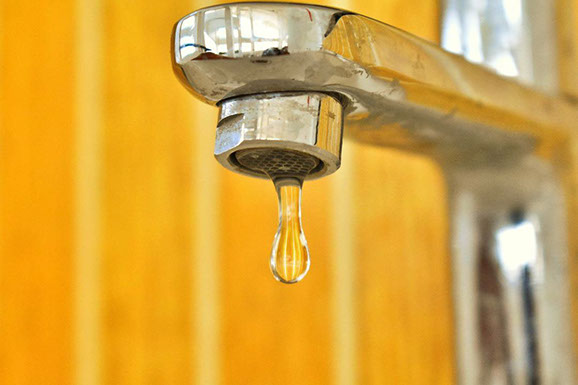Newark Water Crisis Eerily Similar to Flint
 Mention Flint, Michigan and the first thing that will come to mind is the water crisis that escalated in 2015. According to a team of researchers from Virginia Tech University, an estimated 40 percent of homes in Flint have elevated levels of lead. The researchers reported that Flint water was 19 times “more corrosive” than Detroit. A state of emergency was declared at the end of 2015.
Mention Flint, Michigan and the first thing that will come to mind is the water crisis that escalated in 2015. According to a team of researchers from Virginia Tech University, an estimated 40 percent of homes in Flint have elevated levels of lead. The researchers reported that Flint water was 19 times “more corrosive” than Detroit. A state of emergency was declared at the end of 2015.
Jump forward four years, and it appears that another water crisis is building in Newark, New Jersey. In January 2019, monitors in Newark’s drinking water found that lead had reached the “highest level ever recorded in the past 17 years.” It’s the fourth time in a row that testing has found rising lead levels, while the 90th percentile of the samples “averaged 47.5 parts per billion,” more than three times the federal drinking water standard.
According to an article at Time.com, “One way lead particles get into water is through corrosion in pipes — in what is believed to be the case in Newark, the metal in lead service plumbing lines starts to tear away and mix with the water passing through. This is often apparent in older pipes; in some affected Newark neighborhoods, pipes are over 100 years old.”
Tests in 2017, found that 10 percent of homes had twice the amount of lead considered safe by Federal law. The city failed two more lead tests in December 2017 and June 2018. Later in 2018, the city provided 40,000 water filters to residents. The city failed two more lead tests in December 2018 and again in June 2019. In August, the city found that some of the filters weren’t working as expected and started to distribute bottled water to citizens.
Newark has since borrowed $120 million to replace the 18,000 lead service lines responsible for contaminating the water.
While Flint and Newark have been the front page stories about the lead crisis, the problem likely exists in cities across the country.
A recent AP story reported, “Experts estimate there could be as many as 10 million lead service lines nationwide but only five states require inventories or maps of their locations, according to the Association of State Drinking Water Administrators. A handful of other states have set up voluntary reporting.
“That leaves dozens of states with incomplete knowledge of where and how much of the toxic plumbing they have.”
Copyright 2021 | All Rights Reserved | 212 Environmental Consulting, LLC. | The Historic Adam Riddle House | 2021 Auburn Avenue | Cincinnati, OH 45219
CLIENT PORTAL - Developed by Little Me DesignsIT


.png?crc=4233992406)